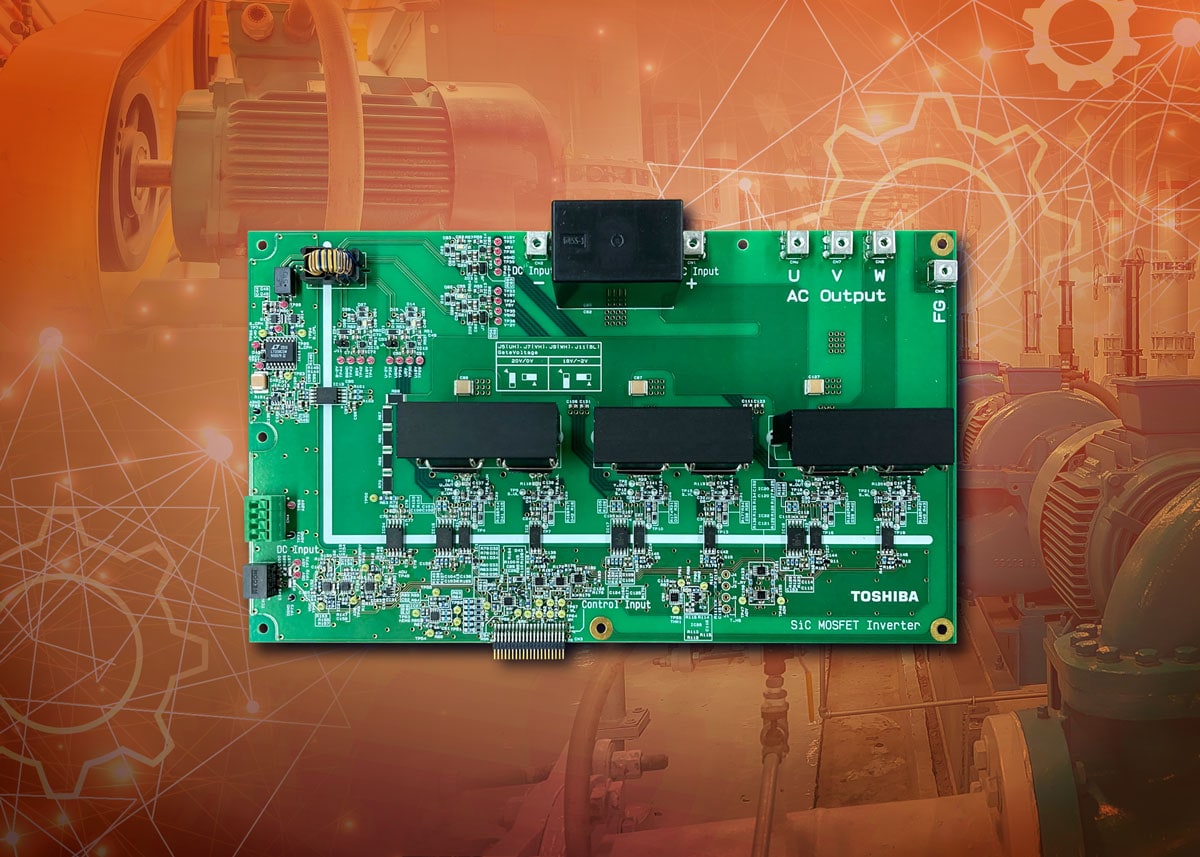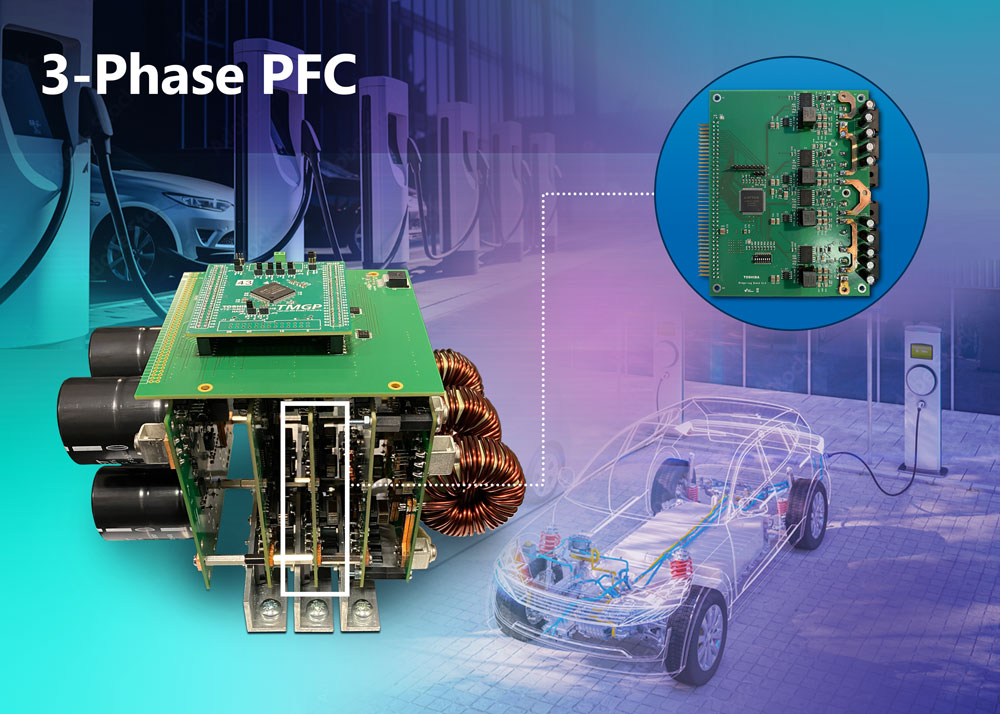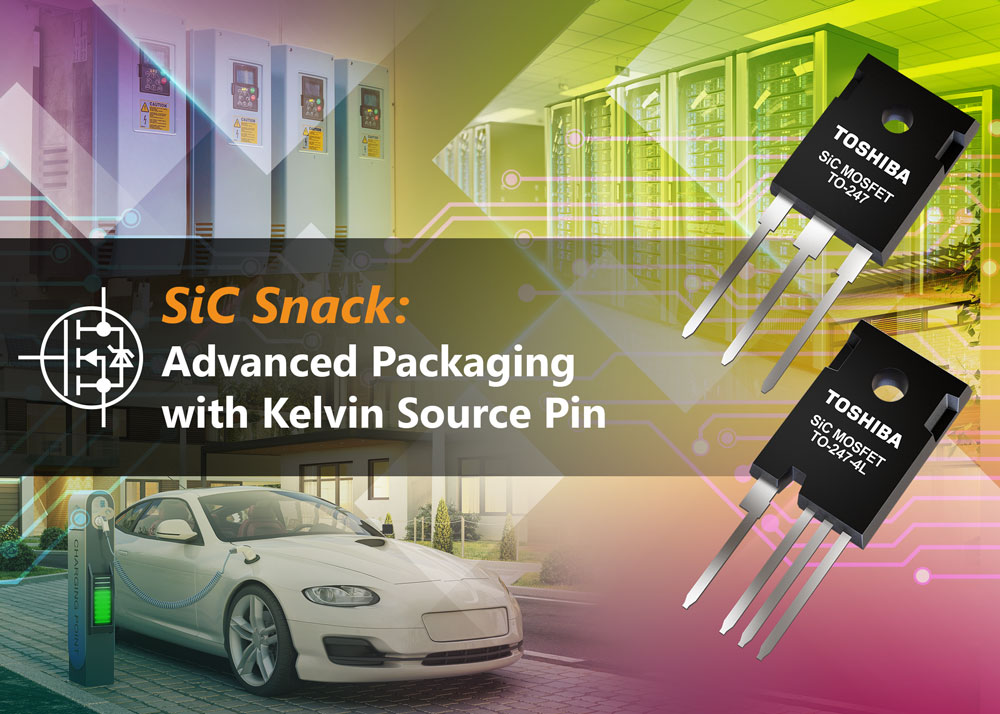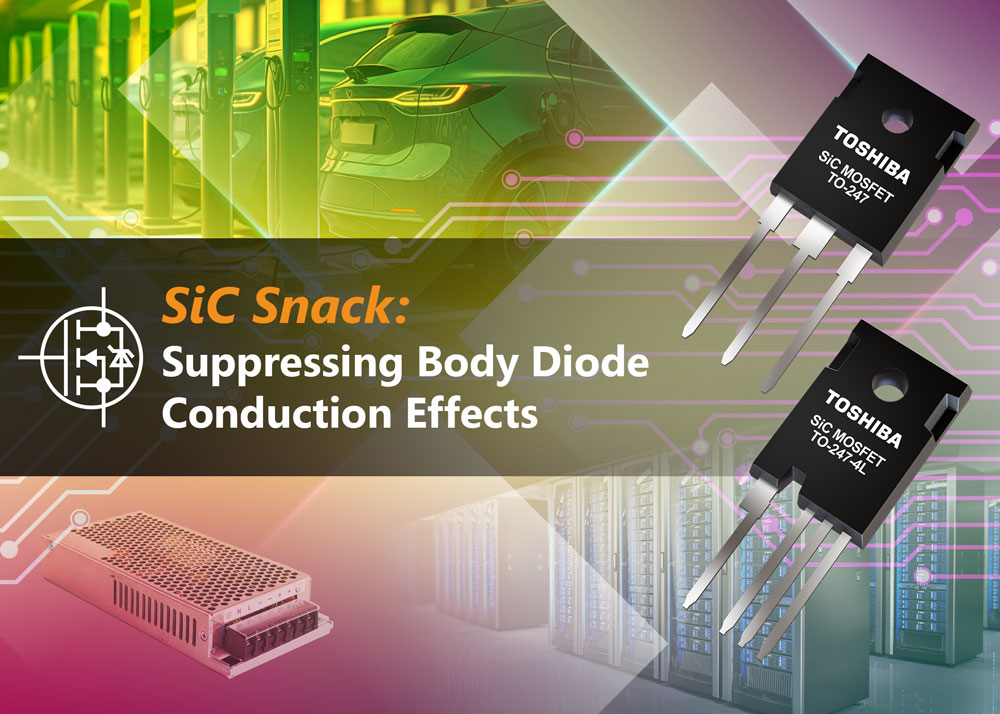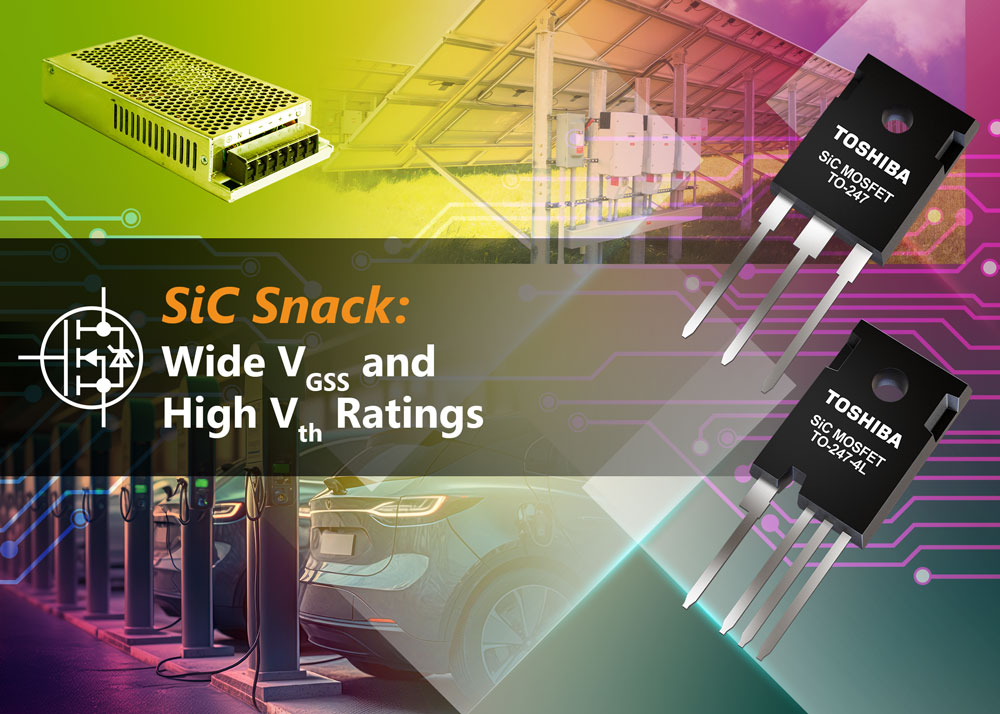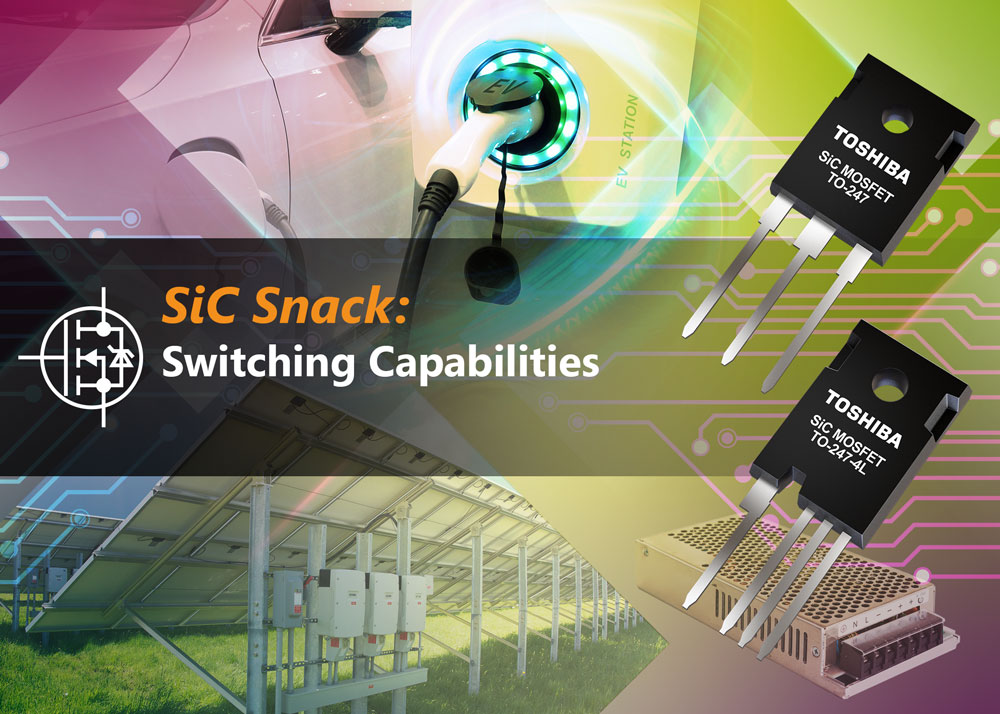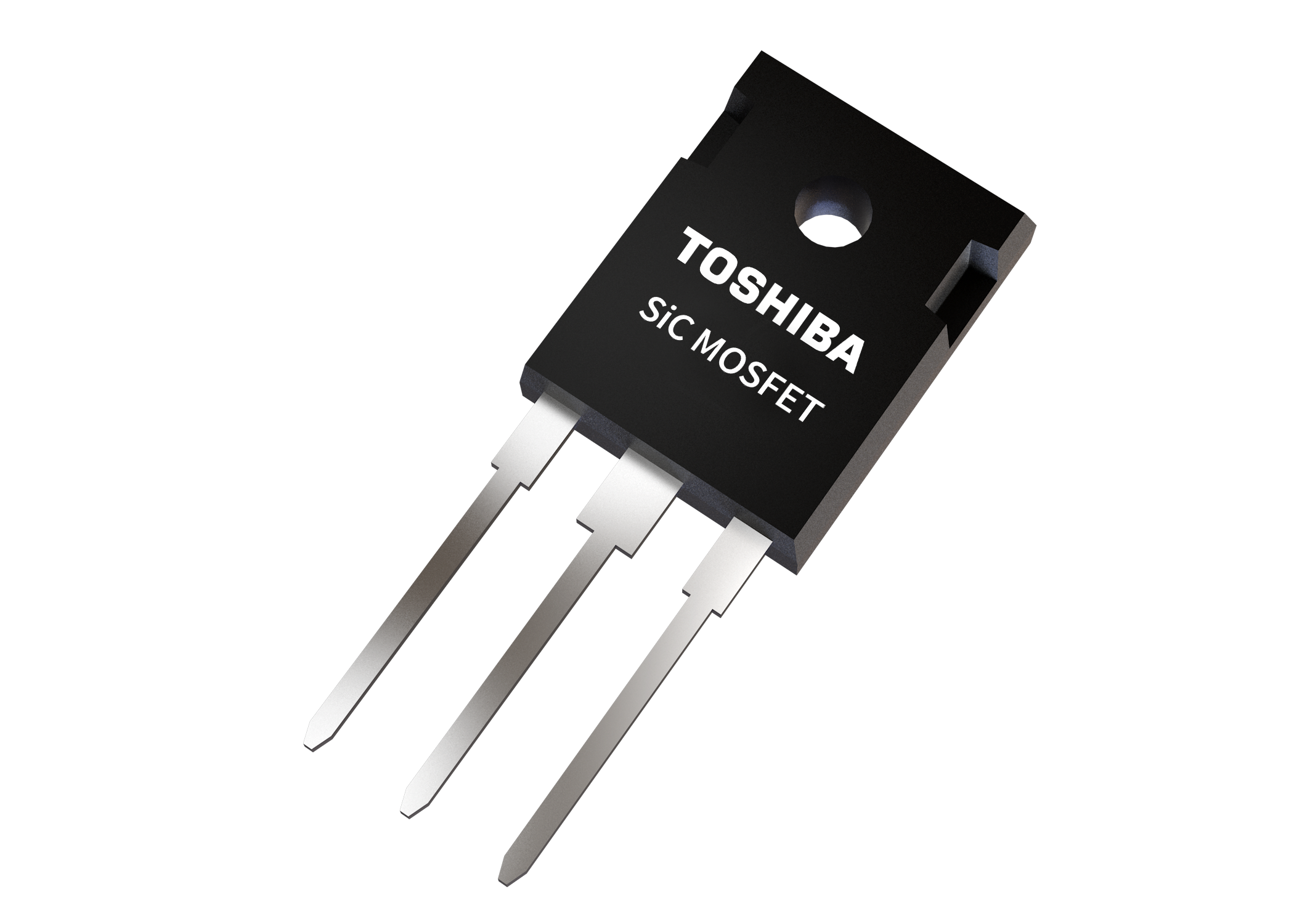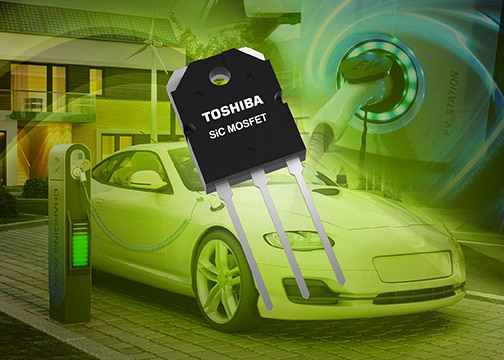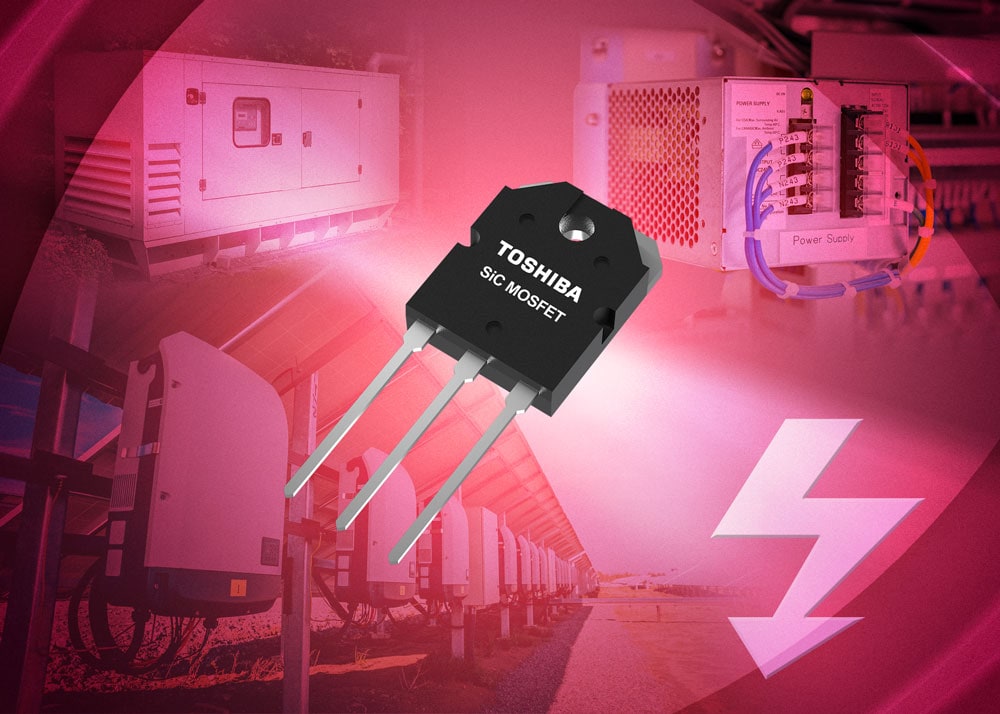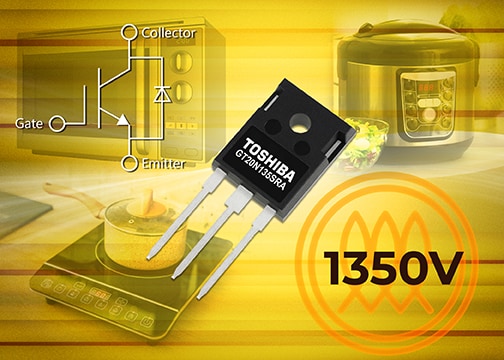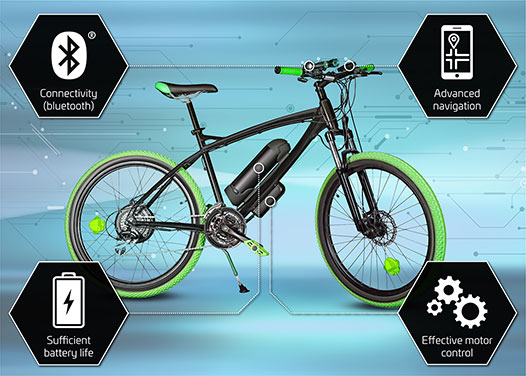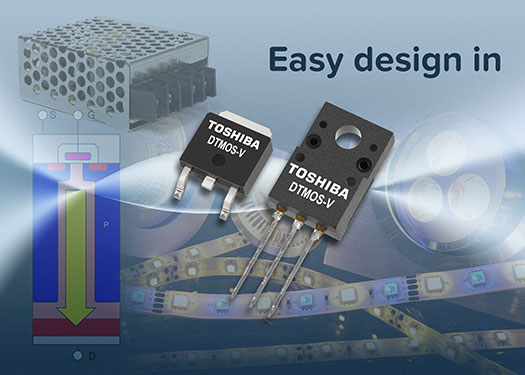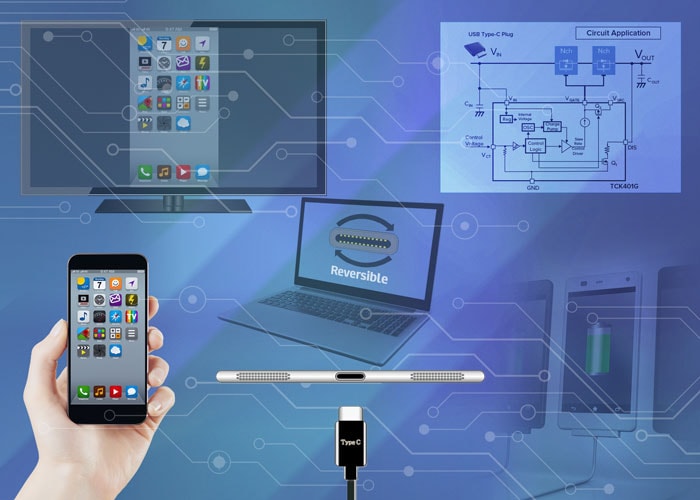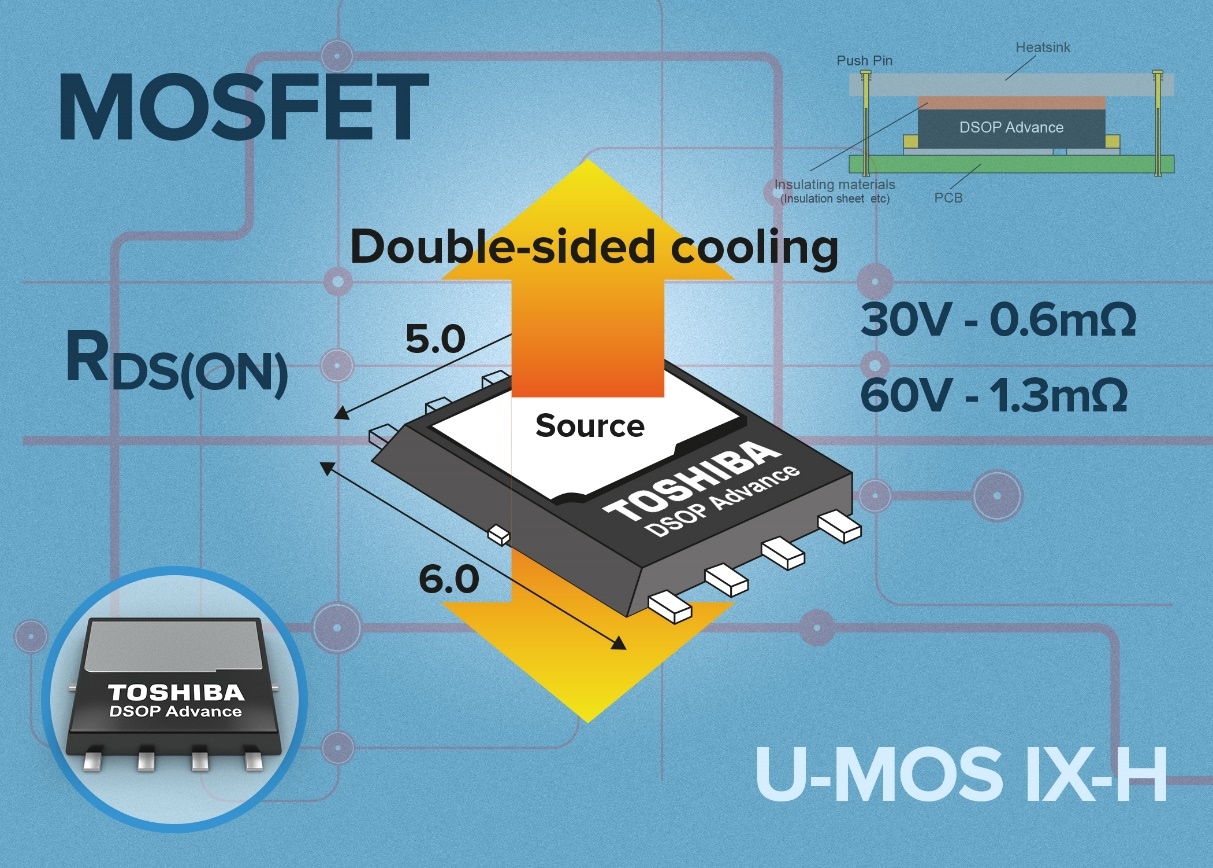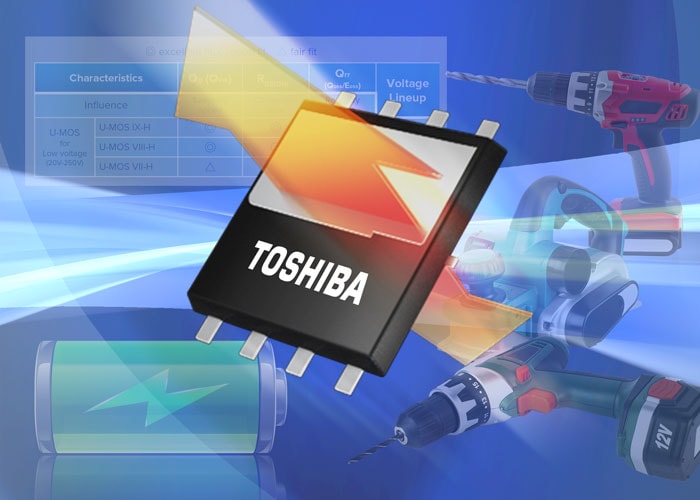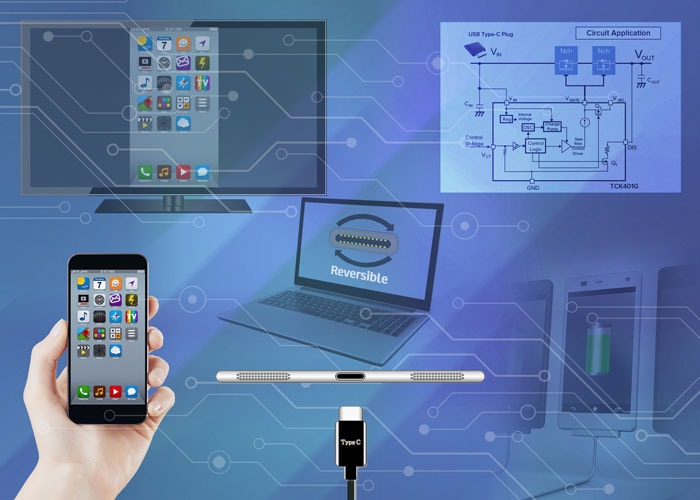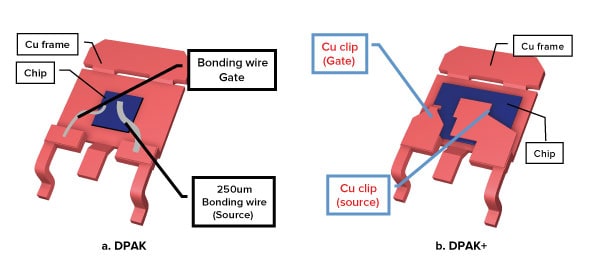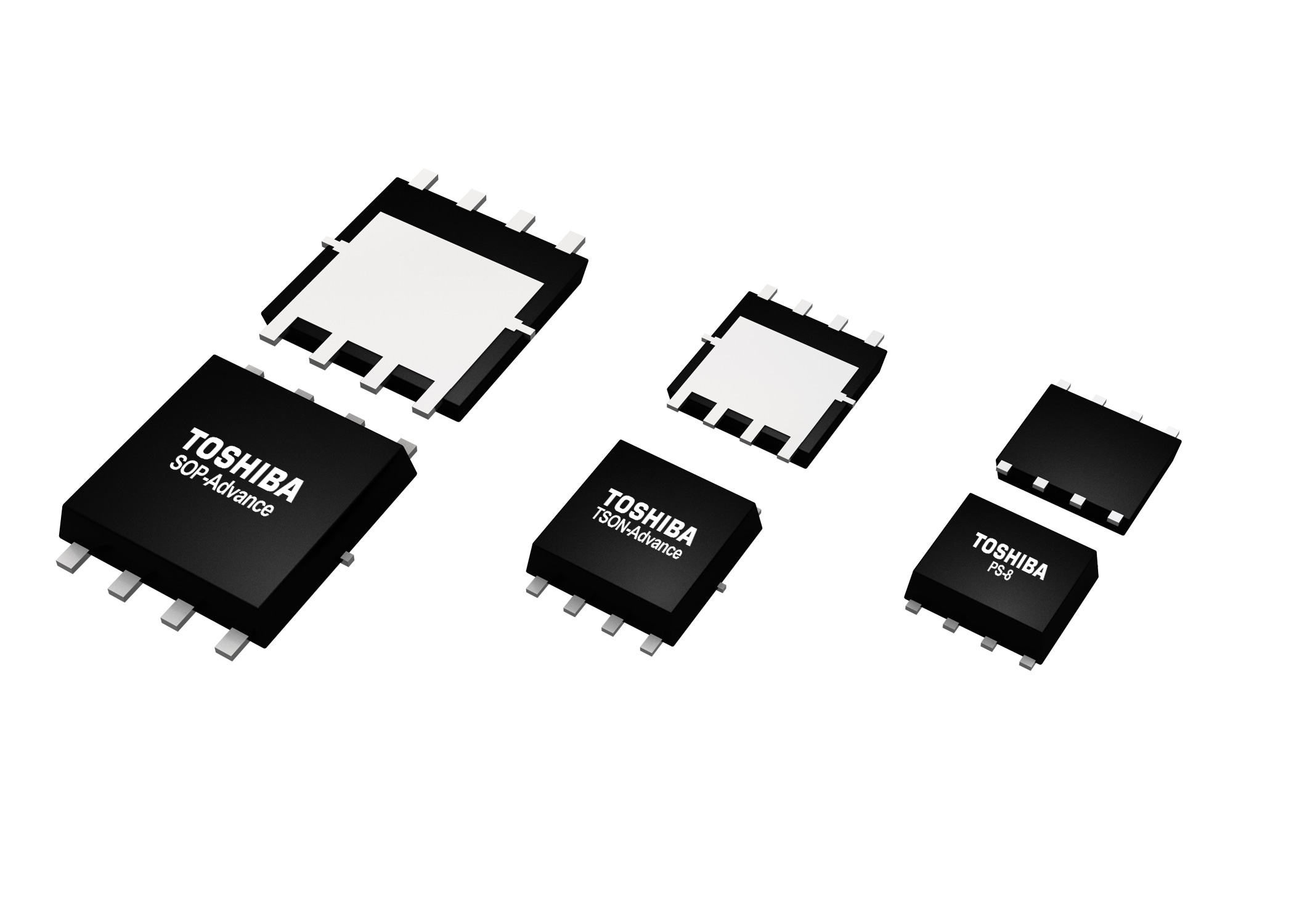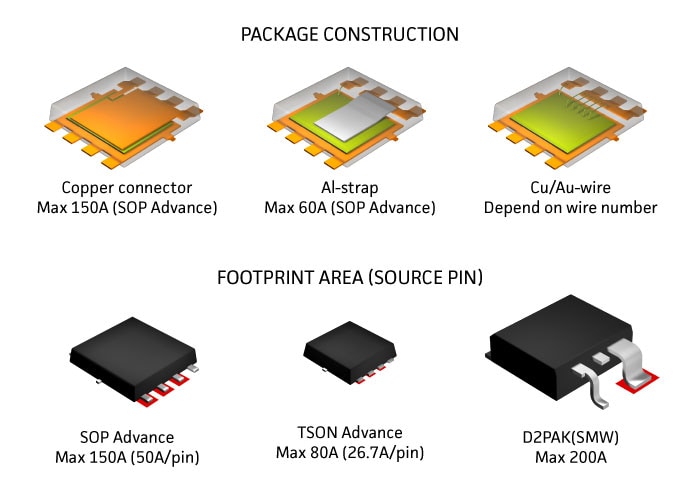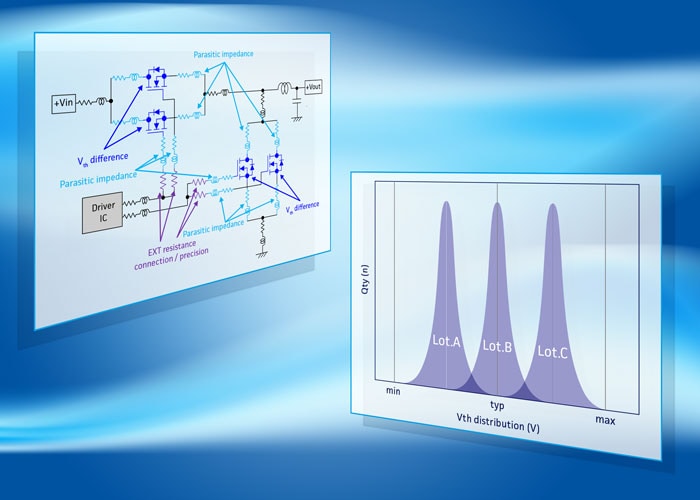- General Top
- SEMICONDUCTOR
- STORAGE
- COMPANY
-
My ToshibaSemicon
- Semiconductor Top
-
ApplicationsAutomotive
Body Electronics
xEV
In-Vehicle Infotainment
Advanced Driver-Assistance Systems (ADAS)
Chassis
IndustrialInfrastructure
BEMS/HEMS
Factory Automation
Commercial Equipment
Consumer/PersonalIoT Equipment
Healthcare
Wearable Device
Mobile
Computer Peripherals
-
ProductsAutomotive Devices
Discrete Semiconductor
Diodes
Transistors
Logic ICs
Analog Devices
Digital Devices
Wireless Devices
※
: Products list (parametric search)
Power SemiconductorsSiC Power Devices
※
: Products list (parametric search)
Isolators/Solid State RelaysPhotocouplers
Digital Isolators
Solid State Relays
Fiber Optic Transmitting Modules
※
: Products list (parametric search)
MOSFETsIGBTs/IEGTsBipolar Transistors※
: Products list (parametric search)
Diodes※
: Products list (parametric search)
MicrocontrollersMotor Driver ICsIntelligent Power ICs※
: Products list (parametric search)
Power Management ICsLinear ICs※
: Products list (parametric search)
General Purpose Logic ICsLinear Image SensorsOther Product ICsOther Product ICs
※
: Products list (parametric search)
-
Design & Development
Design & Development
Innovation Centre
At the Toshiba Innovation Centre we constantly strive to inspire you with our technologies and solutions. Discover how to place us at the heart of your innovations.
-
Knowledge
Knowledge
Highlighted Topics
Further Materials
Other
- Where To Buy
- Part Number & Keyword Search
- Cross Reference Search
- Parametric Search
- Stock Check & Purchase
This webpage doesn't work with Internet Explorer. Please use the latest version of Google Chrome, Microsoft Edge, Mozilla Firefox or Safari.
require 3 characters or more. Search for multiple part numbers fromhere.
The information presented in this cross reference is based on TOSHIBA's selection criteria and should be treated as a suggestion only. Please carefully review the latest versions of all relevant information on the TOSHIBA products, including without limitation data sheets and validate all operating parameters of the TOSHIBA products to ensure that the suggested TOSHIBA products are truly compatible with your design and application.Please note that this cross reference is based on TOSHIBA's estimate of compatibility with other manufacturers' products, based on other manufacturers' published data, at the time the data was collected.TOSHIBA is not responsible for any incorrect or incomplete information. Information is subject to change at any time without notice.
require 3 characters or more.
IGBTs for Induction Heating in Cooking Appliances
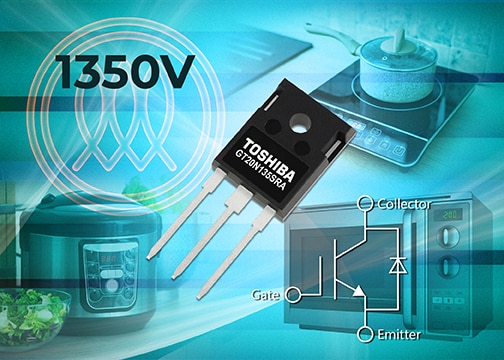
Clean and energy-efficient cooking is essential as the dynamic of our society changes around the world. With both parents in more and more families working, cooking is often something that is prepared in advance and then left to cook during the day using a rice cooker or slow cooker. This ensures a warm meal is ready when everyone gets home. Often, these appliances are replacing gas alternatives that can generate dangerous gases or be the cause of an explosion, so are therefore also improving safety. Induction heating solutions using IGBT switches are an ideal choice as they deliver heat directly to the heating vessels. As such it is a common choice for appliances such as rice cookers, cooking hobs, milk frothers and hot plates.
One of the challenges with the single-ended parallel resonant converters (SEPR) in voltage-mode topology that is often used is that the peak voltage across the IGBT can lie between 900 and 1200 V for a 100 VAC supply, and 1350 to 1800 V for a 220 VAC supply. Considering that the supply in many countries can also fluctuate due to transients by as much as 20%, the IGBT needs to be selected carefully, not only for its maximum collector-emitter voltage, but its gate-emitter voltage too. Devices such as the GT20N135SRA are based upon several generations of IGBT development by Toshiba. They integrate a reverse-conducting (RC) body diode along with other key characteristics that make this RC-IGBT ideal for induction heating appliances, and robust enough for the fluctuations in supply they often face.
The full details behind the design of induction heating applications, along with insights into the characteristics of the GT20N135SRA, are combined in our latest white paper available here:



